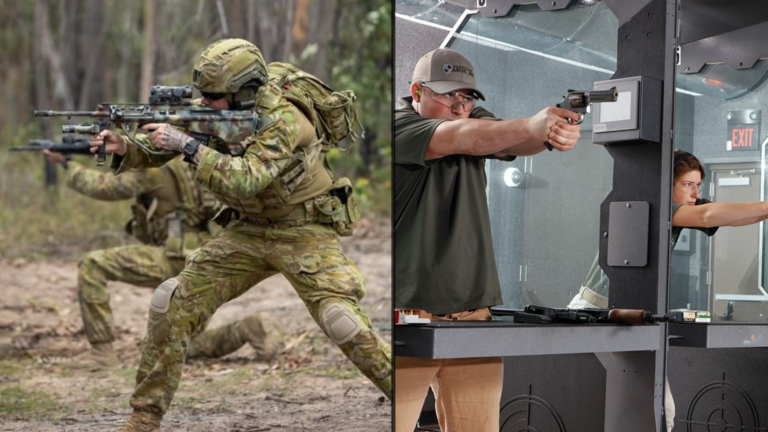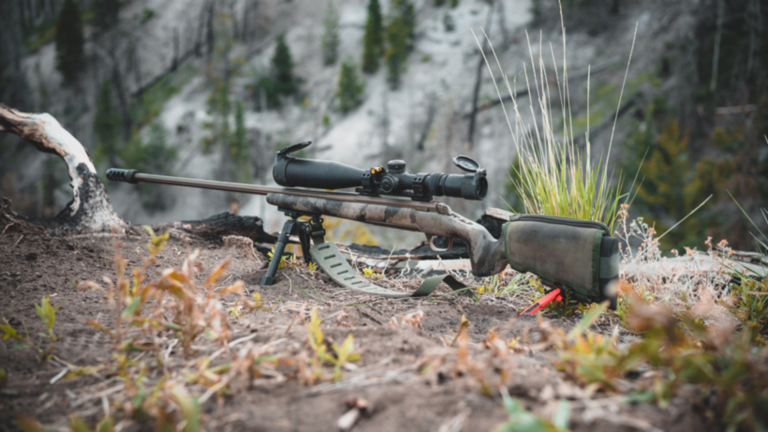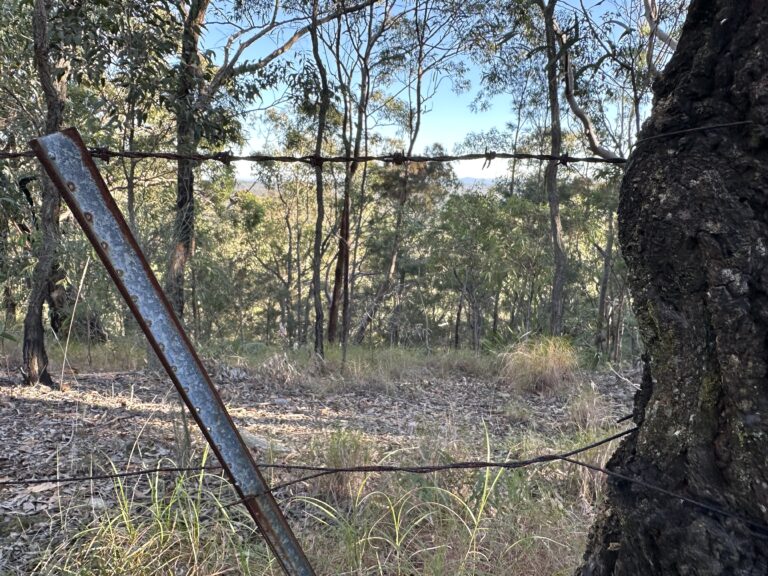A well-packed rucksack isn’t just about creating more room for storage, its about ensuring your weight distribution is balanced, gear is protected, and essential items are easily accessible. The simplest way to achieve this can be found below.
Group your items
First, group your items according to their intended use. For instance, your first aid supplies are kept together, as is your butchering equipment, sleeping gear, food, and cameras and electronics.
For now, other miscellaneous items, like your map and compass, can be grouped together with snacks and other regular use items.
Consider weight distribution and frequency of use
Even weight distribution will ensure you maintain good posture and balance while trekking through the wilderness. This will reduce your risk of a significant injury due to a trip or fall. Unfortunately, the trade-off for balance is often reduced access to some of your equipment. As you gain more experience in preparation and hunting, you’ll eventually find a happy medium between the two.
Until then, pack your gear with the following strategy in mind.
Base layer – The items placed in the very bottom of your pack. This should consist of lighter, bulkier items that are used infrequently, such as your sleeping bag, with your spare clothing placed on top.
Core layer – Think of the core layer as the centre section of your pack. This layer should contain heavier, or more important items, such as your food, water, or cooking gear. To ensure proper balance and reduce strain and fatigue, pack the heaviest items up high and closer to your spine.
Upper layer – The items placed on the top of your pack. This space should be saved for items that are used regularly, like your wet weather gear.
Outer pockets – Pending your style of pack, you may have additional storage pouches located on the lid, hip belt, or on MOLLE attachment points. These pouches should be used for items that you need immediate access to, such as:
- First aid supplies,
- GPS (or map and compass),
- Personal Locator Beacon (PLB) or mobile phone,
- Ammunition,
- Knife,
- Flashlight | Torch
- Snacks; or,
- game calls.









